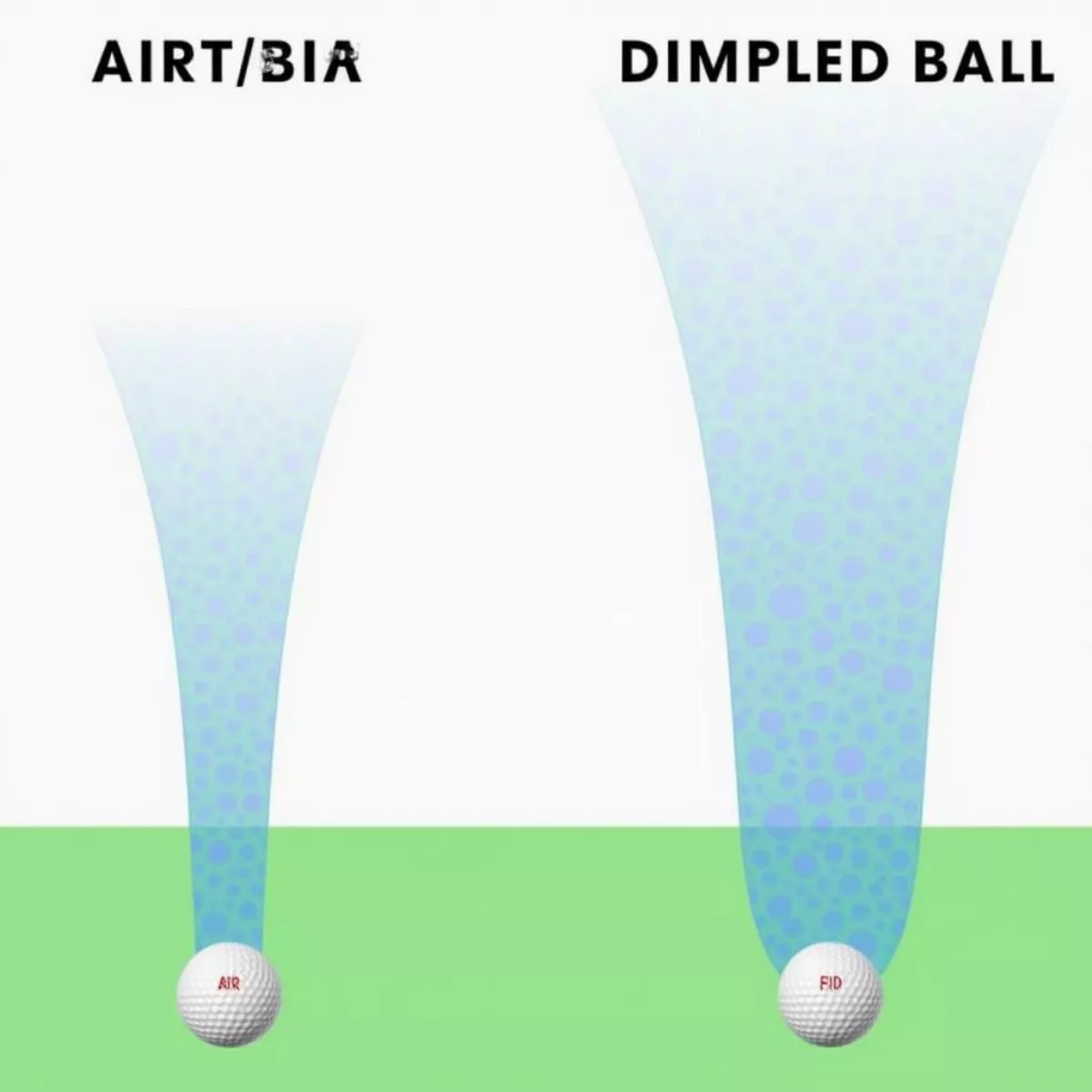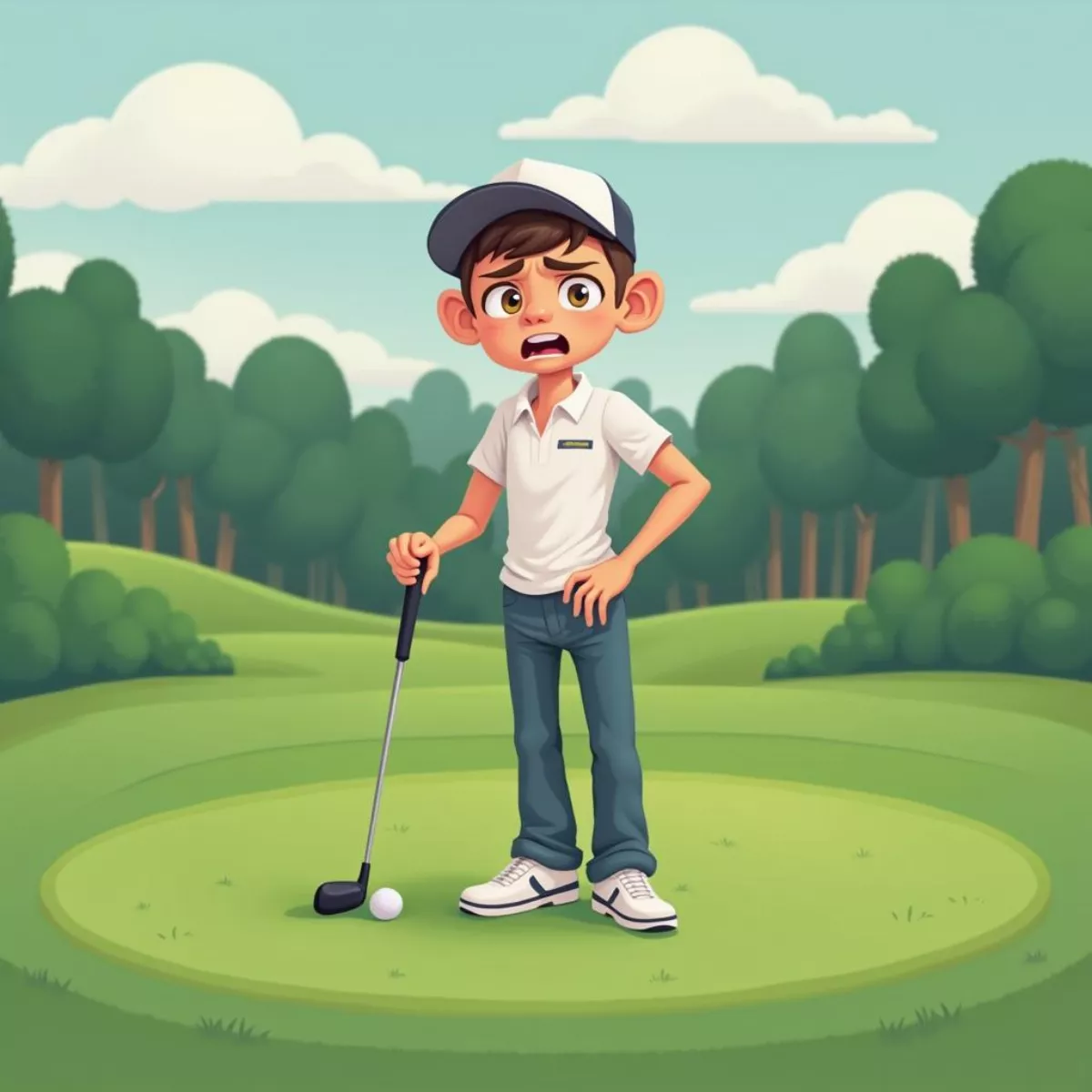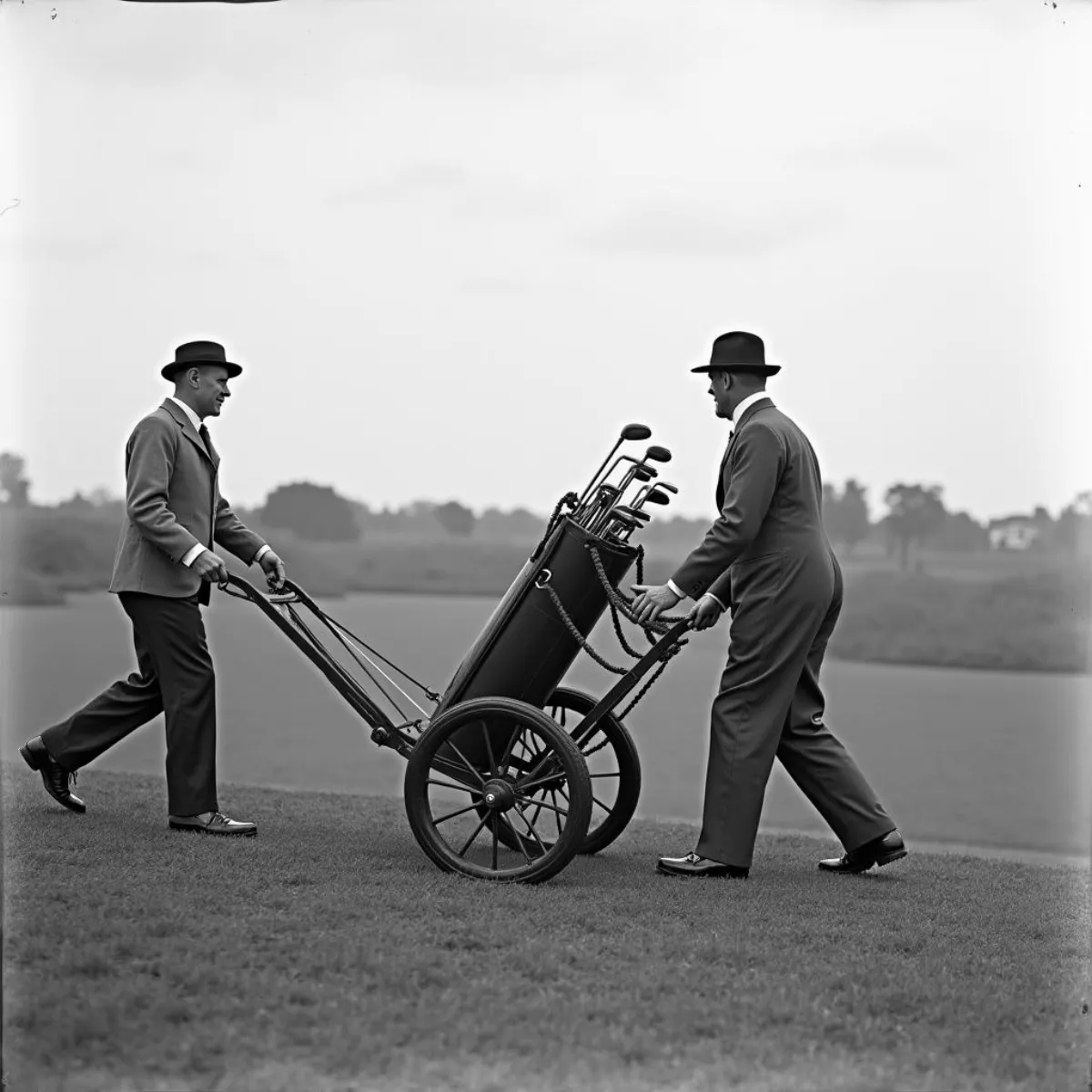The world of professional golf has undergone a seismic shift recently, with a growing number of elite players opting to leave the storied PGA Tour for the controversial LIV Golf series. This transition has sparked intense discussions, debates, and a flurry of opinions in golf circles—both on and off the greens. But why are these professionals making such a significant move? Let’s dive into the nuances of this development and uncover the reasons behind the migration from the PGA to LIV.
The Rise of LIV Golf
LIV Golf burst onto the scene in 2021, backed by substantial financial support from the Saudi Arabian Public Investment Fund. The series’ unique format, lavish purses, and international appeal have made it increasingly attractive to players who might have once considered the PGA Tour to be their sole option.
Key features of LIV Golf include:
- Massive Prize Money: Players participating in LIV Golf tournaments often compete for ten times the amount they would on the PGA Tour. For example, the winner of a LIV event can take home over $4 million.
- Flexible Schedules: LIV Golf’s schedule is less demanding than that of the PGA Tour, providing players more time with family and other pursuits.
- Team Play: LIV introduces a team component that adds another layer of excitement and camaraderie, offering a different competitive dynamic.
Factors Influencing the Move
Several intertwined factors contribute to why established pros are leaving the PGA for LIV Golf. Let’s check them out!
1. Financial Incentives
Money talks. The most obvious attraction of LIV Golf is the lucrative financial packages they offer.
- Signing Bonuses: Many players who join LIV Golf receive substantial signing bonuses, sometimes in the tens of millions.
- Increased Earnings: Tournament prizes are significantly higher than those on the PGA Tour, making it a more rewarding career choice financially.
2. Schedule Flexibility
Professional golfers lead incredibly busy lives. The PGA Tour has a grueling schedule with events running nearly year-round.
- PGA Tour: Numerous tournaments and limited time off can lead to burnout.
- LIV Golf: With fewer events, players can balance their careers with family life, thus improving their overall well-being.
 PGA Tour vs. LIV Golf Schedule Comparison
PGA Tour vs. LIV Golf Schedule Comparison
3. Alternative Competitive Landscape
LIV Golf offers a fresh approach to competition. The format differs substantially from traditional golf tournaments, attracting players who appreciate innovation.
- Team Format: The team aspect adds excitement and a different kind of strategy to the game.
- Captivating Formats: Unique formats draw new audiences and provide established players a chance to showcase their skills in novel ways.
4. Diverse Venue Selection
LIV Golf continues to explore international venues. This worldwide reach not only benefits the tour’s brand but also enhances players’ experiences.
- Players can compete in stunning locations across the globe, providing an appealing departure from traditional American venues.
 LIV Golf Global Tournament Venues
LIV Golf Global Tournament Venues
5. Desire for Change
The golf world is steeped in tradition, and many players are eager for new experiences. LIV Golf represents that change.
- New Golfing Culture: Participants can engage with fans in a different setting than the PGA, producing a unique atmosphere and experience.
Notable Players Making the Jump
Several big names in golf have made headlines by switching from the PGA to LIV Golf, including:
- Phil Mickelson: One of the first to make the switch, Mickelson faced significant backlash yet cited the opportunity for greater financial security as a key motivator.
- Dustin Johnson: The former World Number One left the PGA Tour to focus on LIV Golf’s enticing format and substantial monetary rewards.
- Brooks Koepka: Known for his competitive drive, Koepka was attracted by the opportunity to invest his time and efforts in LIV Golf.
Controversy Surrounding LIV Golf
Despite its allure, LIV Golf has faced criticism and controversy, primarily concerning its financial sources and broader implications for the sport. Discussions around sportswashing, a strategy utilized by countries to improve their global image, continue to fuel debates.
Challenges and Backlash Include:
- Ethical Concerns: Critics argue that the funding from the Saudi Arabian government raises moral and ethical issues. Many players face scrutiny for their decision to participate, given Saudi Arabia’s human rights record.
- Rifts between Players: The division between those who stay loyal to the PGA and those who opt for LIV has strained relationships within the golfing community.
 Divisions Within Professional Golf: PGA vs. LIV
Divisions Within Professional Golf: PGA vs. LIV
The Future of Professional Golf
With the rise of LIV Golf, the landscape of professional golf appears to be shifting. The traditional dominance of the PGA Tour is being challenged, leading to speculation about how this competition will reshape the sport.
Potential Future Outcomes:
- Increased Player Salaries: In response to LIV Golf’s financial allure, the PGA may have to reconsider the structures of its contracts and prize distributions.
- Unique Tournaments: Future merges and tournaments may adopt new formats and varied schedule structures to attract top players.
- Broader Fan Engagement: LIV Golf’s innovative media strategies could prompt the PGA to explore fresh ways to engage with audiences.
Key Takeaways
- The financial incentives and lucrative contracts offered by LIV Golf are major draws for players.
- LIV Golf’s flexible schedules provide a better work-life balance for pros.
- LIV Golf’s unique format introduces exciting elements into the world of competitive golf.
- The controversy surrounding LIV Golf raises essential questions about ethics and rivalry within the sport.
- The future of professional golf will likely include significant changes influenced by LIV Golf’s growth.
Frequently Asked Questions (FAQ)
1. What is LIV Golf?
LIV Golf is a professional golf series launched in 2021, featuring innovative formats and massive prize money, backed primarily by the Saudi Arabian Public Investment Fund.
2. Why are players leaving the PGA for LIV Golf?
Players are attracted to the substantial financial incentives, flexible schedules, and fresh competitive formats that LIV Golf offers.
3. Who are some notable players that have switched to LIV Golf?
Prominent players like Phil Mickelson, Dustin Johnson, and Brooks Koepka have made the transition from the PGA to LIV Golf.
4. Is LIV Golf controversial?
Yes, LIV Golf faces ethical scrutiny due to its funding sources and the implications for human rights, which has created a divide within the golfing community.
5. What does the future hold for professional golf?
The emergence of LIV Golf may lead to changes in player contracts, prize distributions, and tournament formats within the PGA, influencing the future direction of professional golf.
6. How has LIV Golf changed the touring calendar?
LIV Golf has introduced fewer events compared to the grueling PGA schedule, allowing players better control over their time.
7. What are the unique aspects of LIV tournaments?
LIV tournaments often feature a team format, allowing for strategy and camaraderie among participants, diverging from traditional individual competition.
8. How does the prize money compare between LIV Golf and the PGA Tour?
LIV Golf’s prize money is generally significantly higher, supplementing player income through lucrative tournament wins and signing bonuses.
9. Can LIV Golf tournaments attract new fans?
Yes, LIV Golf’s innovative formats and exciting venues are designed to engage new audiences, potentially revitalizing interest in professional golf.
10. What impact will LIV Golf have on the PGA Tour?
The increased competition and financial incentives may compel the PGA Tour to adapt and evolve its model to retain top players and fan interest.
In conclusion, the migration of professional golfers from the PGA to LIV Golf represents a pivotal moment in the sport’s history. Understanding the financial, emotional, and ethical dimensions of this shift can help fans appreciate the complexities involved as golf continues to evolve. Whether you support the PGA or LIV Golf, one thing remains clear: the game of golf will never be the same.

 Golf Pants Design Features
Golf Pants Design Features Popular Golf Pants Brands
Popular Golf Pants Brands Golf Apparel Manufacturing
Golf Apparel Manufacturing Golf Pants Care and Maintenance
Golf Pants Care and Maintenance
 Golf Cart on Course
Golf Cart on Course Golf Tournament with Branded Carts
Golf Tournament with Branded Carts Modern Golf Cart Design
Modern Golf Cart Design
 Evolution of Golf Balls
Evolution of Golf Balls Airflow Around Golf Balls
Airflow Around Golf Balls
 Rainy golf course
Rainy golf course Golfer reviewing their performance
Golfer reviewing their performance
 Scotty Scheffler Lining Up a Putt with Intense Focus
Scotty Scheffler Lining Up a Putt with Intense Focus Golf Course Aerial View with Spectators Surrounding Green
Golf Course Aerial View with Spectators Surrounding Green
 Collin Morikawa Executes an Iron Shot
Collin Morikawa Executes an Iron Shot
 Jack Nicklaus, Gary Player, and Lee Trevino
Jack Nicklaus, Gary Player, and Lee Trevino Tiger Woods Celebrating a Win
Tiger Woods Celebrating a Win
 Evolution of golf carts collage
Evolution of golf carts collage Golf cart uses beyond golfing
Golf cart uses beyond golfing Electric golf cart charging at a station
Electric golf cart charging at a station